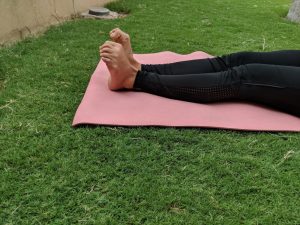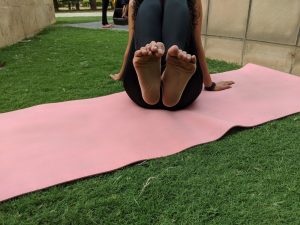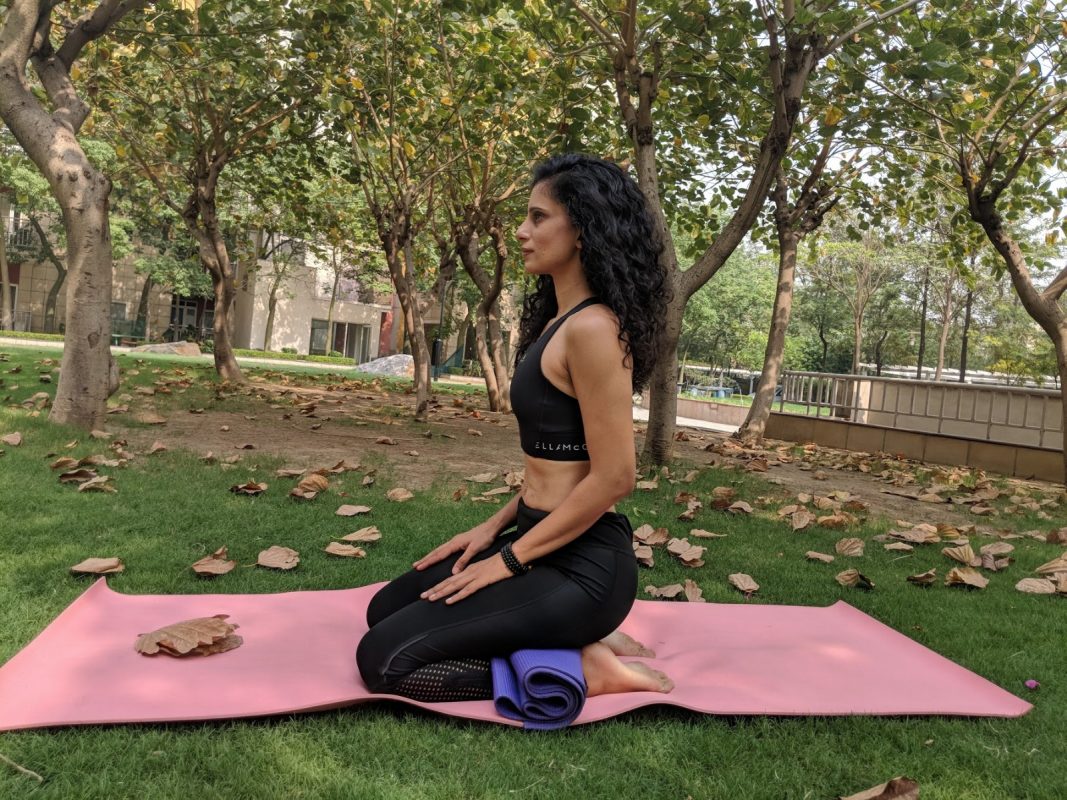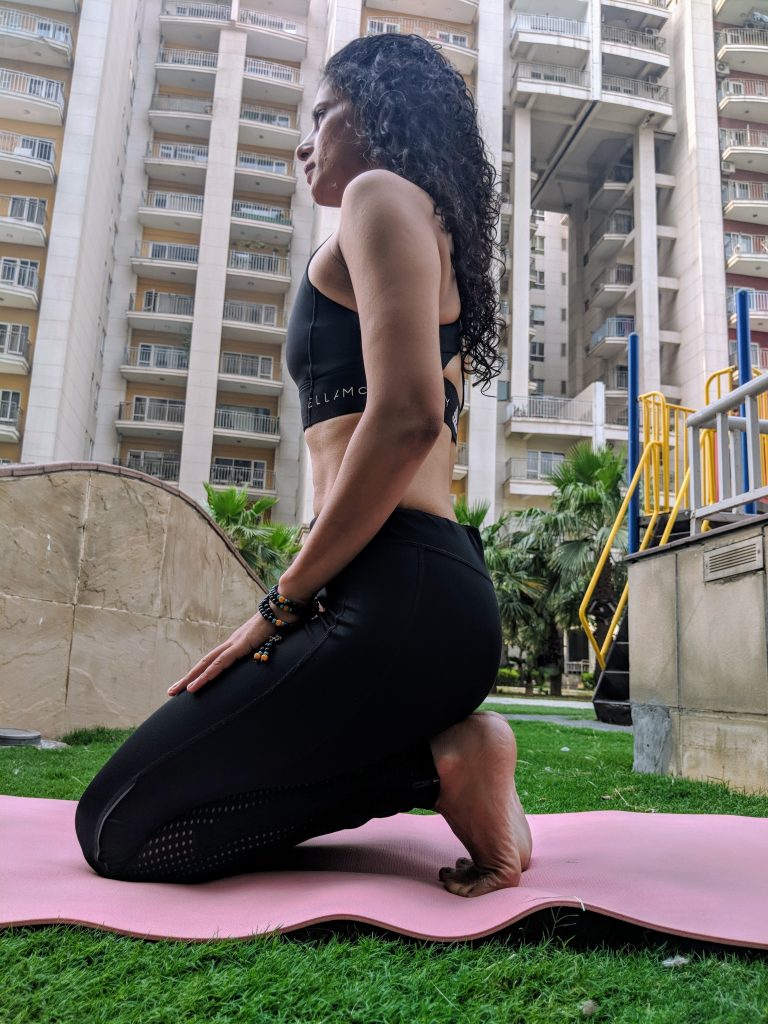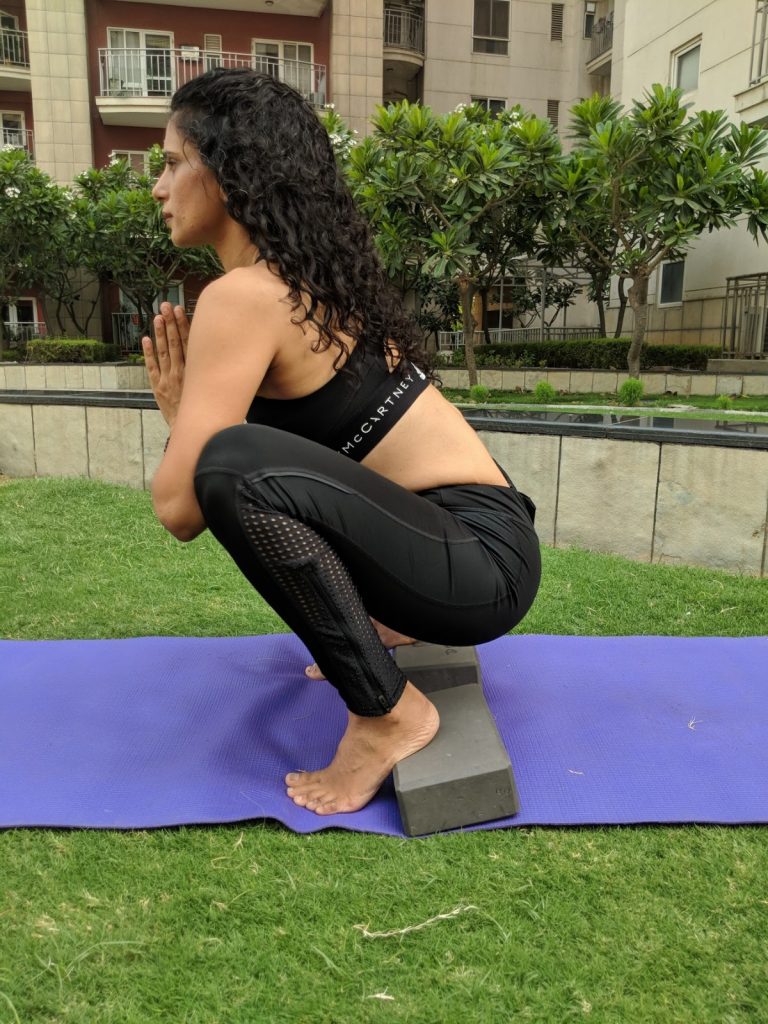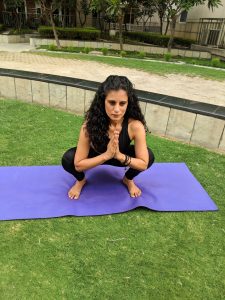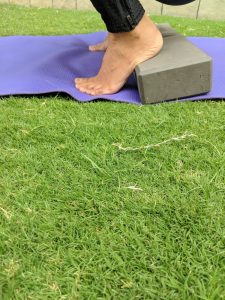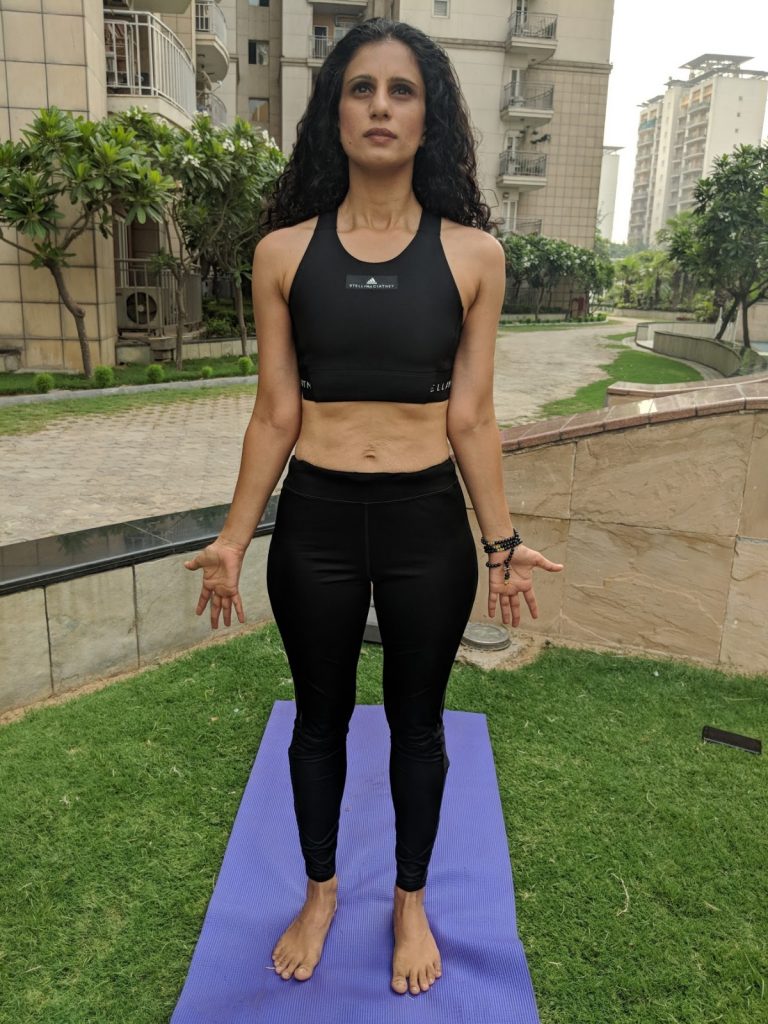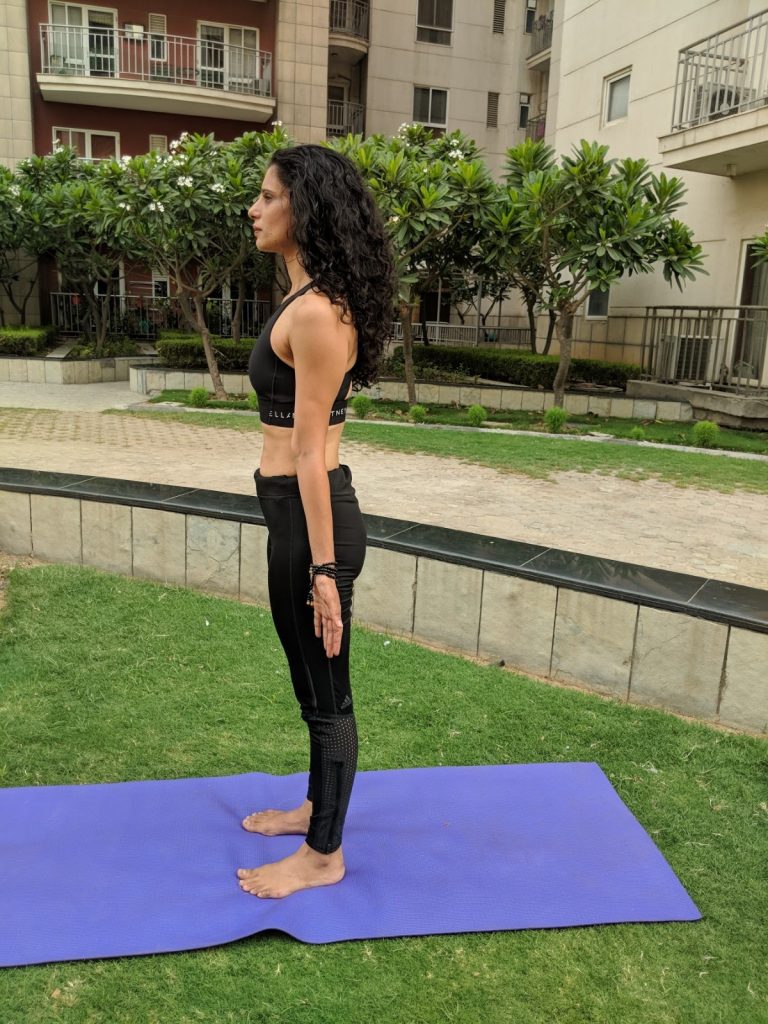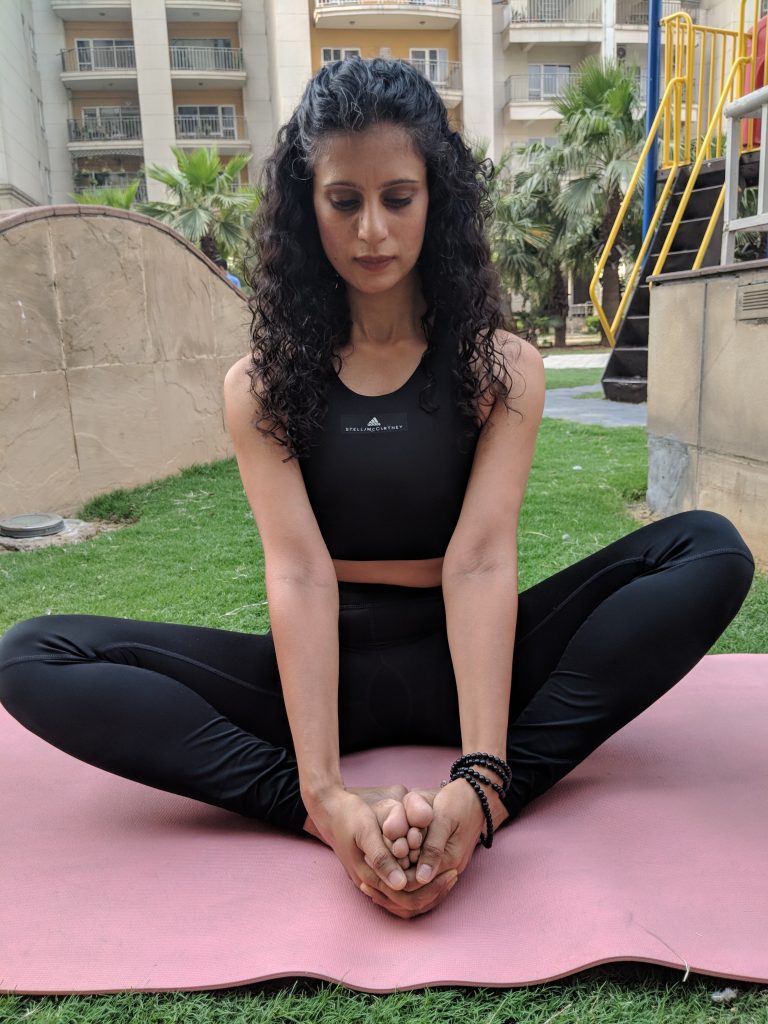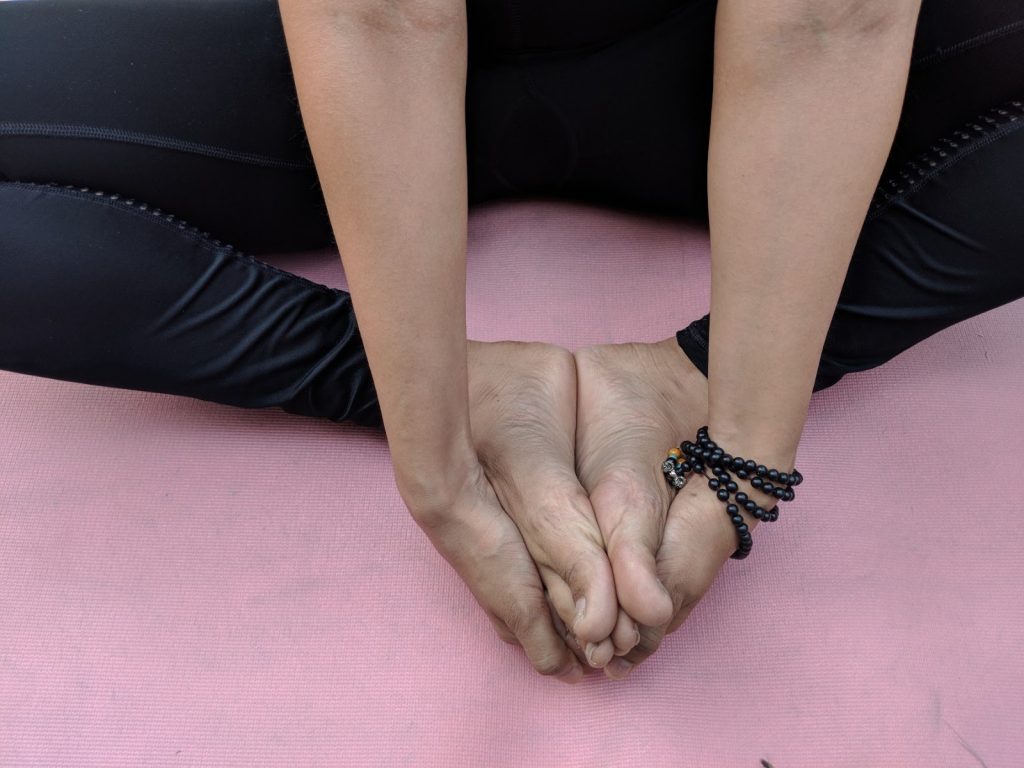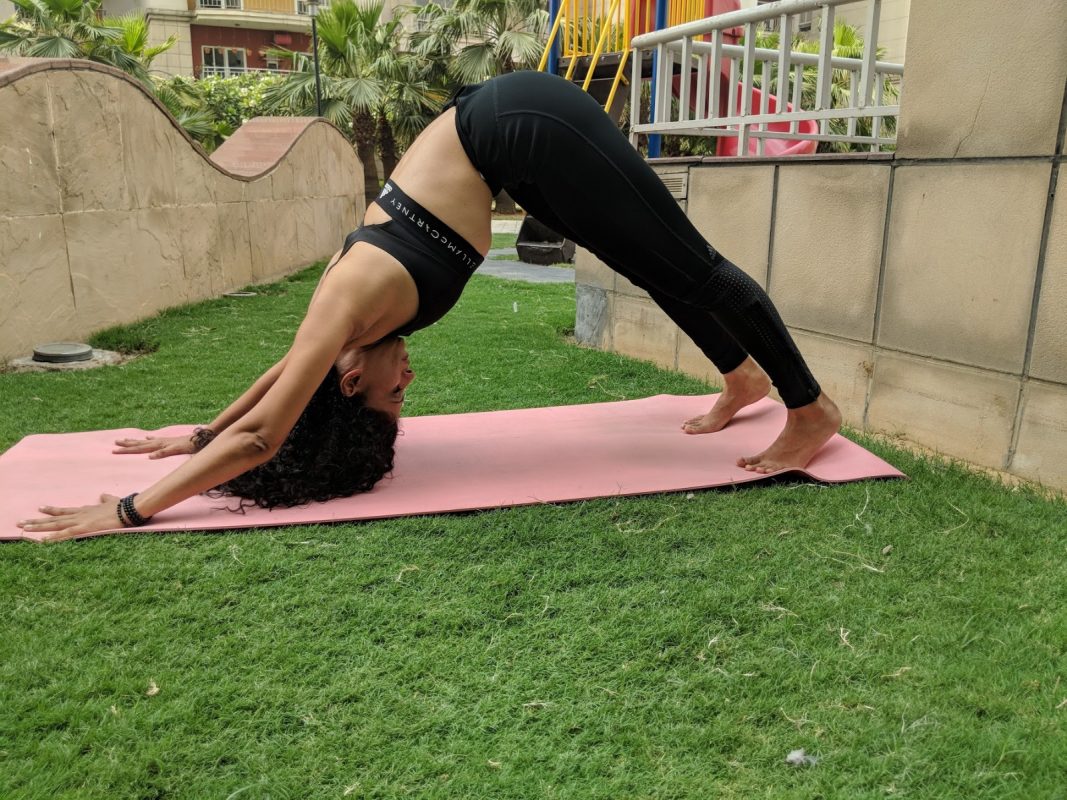Firsts things first : It’s ok to suspect that the pain in your arch is due to Plantar fasciitis but soon after that get a diagnosis done before you start self-treatment.
What is Plantar Fasciitis? I’ll leave the entire explanation to the doctors and the experts – which is well given in this article here.
Click here for a great article by Runner’s World on How to know if you have Plantar Fasciities.
In the running community today – Plantar Fasciitis is a common injury, a recurring one, a painful one, a stubborn one. There are prescribed massages, footwear, dietary supplements and finally there are Yoga asanas and stretches! Well actually most runners resort to Yoga for healing at a very latter stage, only because this part of the treatment needs some patience.
Reasons runners get plantar fasciitis:
- Sudden increase in running mileage
- long-distance running, especially running downhill or on uneven surfaces,
- wearing inappropriate running shoes putting extra load on your arch
- If you have flat feet or unusually high arches or a tight Achilles tendon
- Tight calf muscles is a big reason for plantar fasciitis
All the Yoga asanas and the stretches involved for the curing of Plantar fasciitis aim to strengthen and stretch the foot, ankle and calf muscles. When done correctly, they help to reduce plantar fasciitis pain and inflammation. You have to do a a combination of strengthening and stretching plantar fasciitis exercises both in order to treat the condition and to prevent it coming back in the future.
Here’s a list of some tried and tested stretches and Yoga poses
Feet scrunch :
Try and draw the towel towards you by scrunching your toes. Don’t try to lift your feet off the ground. Keep the heel in contact with the floor throughout. To be done 1-2 minutes. You could also scrunch up a towel under your feet.
Toes Pose
Carefully, place yourself in a kneeling position with your toes curled underneath. This can be a bit painful (but that’s exactly what we are working on and with time passing this does get better and better). Remember to support your weight on your heels. The fascia is elongating and becoming more flexible. Do it as many times as possible through the day.
Toes Pose -Variation
This one is slightly more demanding exactly because there is pain but this one is the best for stretch your calves, achilles tendons, and soles of the feet. It’s also called the Japanese seated position. yes, it does take some takes a while to get used to it. But I have seen people doing this 3-4 times a day and getting some real relief.
Garland Pose
This is a kind of squat but one that needs a bit more of posture setting. Have someone assist you in the beginning.
Place your feet a littler wider than just hip-width apart and softly turn your toes out. Squat your hips as down as possible. Then bring your elbows inside the knees and put your hands in prayer position. In the beginning, due to the pain it will be hard to touch the heels on the floor – go ahead and use a block or rolled up blanket. Just don’t force the feet on the floor. You are already in pain and that forcing won’t help.
As always, please don’t worry if If your heels are lifted. With regular practice you will eventually be able to lower them down. About five deep breaths in this pose are great! What this pose does is that it works on strengthening the calves and Achilles tendon.
Tadasana – Mountain Pose
This pose is always about so much action however you just can’t see it. It’s great for bringing in a strain on your calves and strengthening them in the process.
This is how you do it
It stretches the fascia deeply. Stand upright with your feet parallel and your big toes just barely touching. Lift the balls of your feet gently, then lower them back down. Rock your body side to side, then back and forth, finally coming to a standstill with your weight balanced across both feet. Remember that this pose is hard to demonstrate through a photo. A good yoga teacher can tell you how to place the weight on the feet, get a stretch in the fascia, strain your calves – lots of multitasking!
Baddha Konasana (Bound Angle Pose)
This is an active stretch for your legs and heels all while sitting down. Patience please. And no Forcing any parts of your body to agree with the way this pose is supposed to look.
Sit on your mat, bend your knees and slowly bring them to your feet. The soles of your feet face each other (gradually they will touch each other as we develop some flexibility). Go ahead and hold your feet together with your hands if you find it difficult to keep them in one place.
Once you get used to getting your feet together – it is then time to move your legs up and down in a butterfly motion. Remember to maintain a good posture by keeping your back straight. Once you are in the proper position, hold this pose for at least one minute in order to achieve a deep stretch in your calves and heels. Remembering to inhale and exhale deeply.
The Downward Dog Pose
Start with the heels lifted and then slowly lower them down towards the floor. Move the heels up and down, for around 10 or more repetitions. You have to do it the right way – imagining a line being drawn from the inner anklebone to the outer anklebone.
Firm your shoulder blades against your back, then widen them and draw them toward the tailbone. Keep the head between the upper arms; don’t let it hang. It is important to keep trying to press the heels into the ground, or you can end up tightening the ligament even more. This pose stretches the entire fascia and calf muscles.
And Finally – I tried this pose – where in my entire foot is in turned upside down on the floor while it also takes the weight of my lower body on it.
You need to understand that – even though this is a brilliant pose for healing plantar fasciitis – this should come after a few weeks of practising other toe poses. Because this gives a great elongation to the fascia, stretches the calves deeply and puts the entire foot at work. Please use a thick mat under your feet to begin with as the hard surface will make it very tough for the feet.
Ps – I chose to do the above pose on an anti slip mat made out of Cork material by Juru Yoga. Please click here for some fabulous anti-slip, earth friendly, eco-yoga mats!
Final Thoughts:
The most common cause of plantar fasciitis is tight calf muscles but it’s always the hardest to pin point at one particular reason. However tightness in the lower leg is most often the problem. Stretch your foot in and out as many times you can in a day! Like in most things in the medical world, it’s always first better to try all non-invasive cures before surgery. In extreme cases where walking has been impossible, people have taken steroid injections for a quick fix – however they have come back with the pain!
Do go ahead find yourself a good yoga teacher ( someone who is not just certified but has good experience too) for this particular condition who understands what plantar fasciitis is and how it can be cured. In the meantime – do use props such as blankets, cushions and blocks to execute the poses effectively if the legs are tight.
And always – consult your health care professional before practicing yoga or any other exercise programme.


